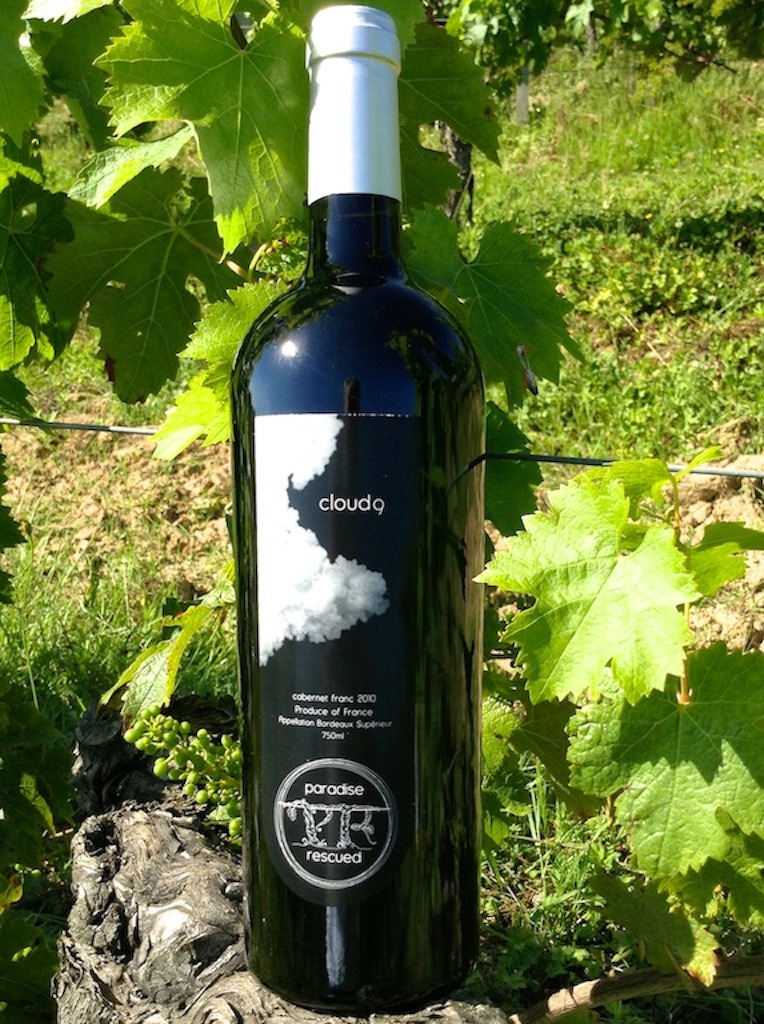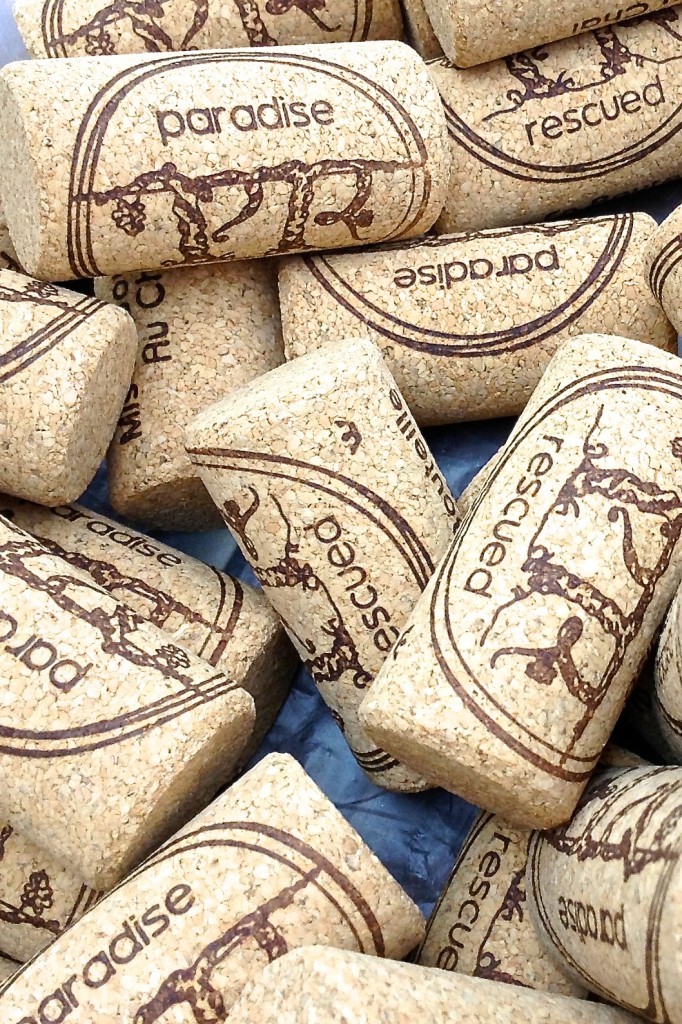I am prompted to write a couple of lines this week about corks and in particular Technical Corks, the new age of taint free corks. Not so long back I was sampling a bottle of our lovely Bordeaux varietal Cabernet Franc with a business partner when she turned to me and said “David, why do you use a composite cork with such a great wine?” Her inference was that the cork was cheap and low quality in comparison to the contents it was looking after!! After recovering from the initial shock of the question – coming from someone whose wine knowledge infinitely exceeds mine – my response was measured but passionate “It may look like an old composite cork, but that is a BTEC technical cork – with a 5 year performance guarantee AND no taint!”
She looked surprised that this quiet mini revolution in wine closures had completely missed her! And I realised once again how badly we as a wine industry communicate and fail to get such positive messages out to our customers and even internally to parts of our industry! But the world of closures and cork has moved on. There is certainly a school of thought out there that says “Just use a screw top – Stelvin it” But I have to disagree. Our initial market research showed a very strong preference to bottle our wine with cork – to effectively mark it as high quality. Don’t forget you still need the added benefits of gentle maturation through oxygen ingress over time. And then of course it has to be taint or TCA free? Enter the new world of technical corks!
[/fusion_builder_column][fusion_builder_column type=”1_1″ background_position=”left top” background_color=”” border_size=”” border_color=”” border_style=”solid” spacing=”yes” background_image=”” background_repeat=”no-repeat” padding=”” margin_top=”0px” margin_bottom=”0px” class=”” id=”” animation_type=”” animation_speed=”0.3″ animation_direction=”left” hide_on_mobile=”no” center_content=”no” min_height=”none”]
Paradise Rescued Cloud9 Bordeaux 100% varietal CabFranc is bottled with BTEC taint free technical corks
I was recently looking at an opening offer from the UK’s award winning cooperative wine merchants The Wine Society for red / white Burgundy. A significant part of Pinot Noir’s attraction is its nose or bouquet and consequently top producers in that region cannot afford the risk of taints from cork during bottle maturation. The wines were listed by sub region and almost every section made specific mention that the wines were now closed using DIAM (a leading and more publicised brand of technical cork) closures for their wines.
Be careful – it may look like a composite cork but the chances are increasing that if the wine is a good one, it will now be a technical cork. Technical taint free corks are produced by grinding the usual cork bark into small pieces, safely extracting the taints / TCA and then re-composing them back to into a cork. The resultant technical cork now has no structural defects and allows slow consistent “bottle to bottle” ageing / oxygen ingress without taints. And you still have the sheer cultural pleasure of hearing that “pop” when you pull it open! The new age of reliable taint free wines has arrived.
We will be using the best technical taint free corks available for Paradise Rescued wines.[/fusion_builder_column][/fusion_builder_row][/fusion_builder_container]
